Pearson Edexcel GCSEs Mathematics (9–1) from 2015 Tea Break Training: bite-sized training videos
Tea Break Training: bite-sized training videos

As Maths teachers, we know that your time is precious and making time for your own professional development is sometimes hard to do. That’s why we’ve created our Tea Break Training videos.
These short videos offer targeted professional development training on teaching strategies, content areas and support for GCSE Maths. The videos allow you to incorporate bite-sized professional development training easily into your day.
The video snippets have been taken from our full-length GCSE Maths networks (which you can access below) over the past few years and are grouped together by theme, so you can easily find a training video that sparks your interest or is relevant to your own personal development.
Access our full-length GCSE networks video playlist on YouTube

GCSE Maths problem solving: Pietro Tozzi, an experienced Maths teacher and Pearson Credible Specialist, gives practical ideas on how to encourage students to be more confident at tackling problem solving type questions.

GCSE Maths problem solving: Pietro Tozzi gives practical ideas on how to encourage students to be more confident at tackling problem solving type questions.
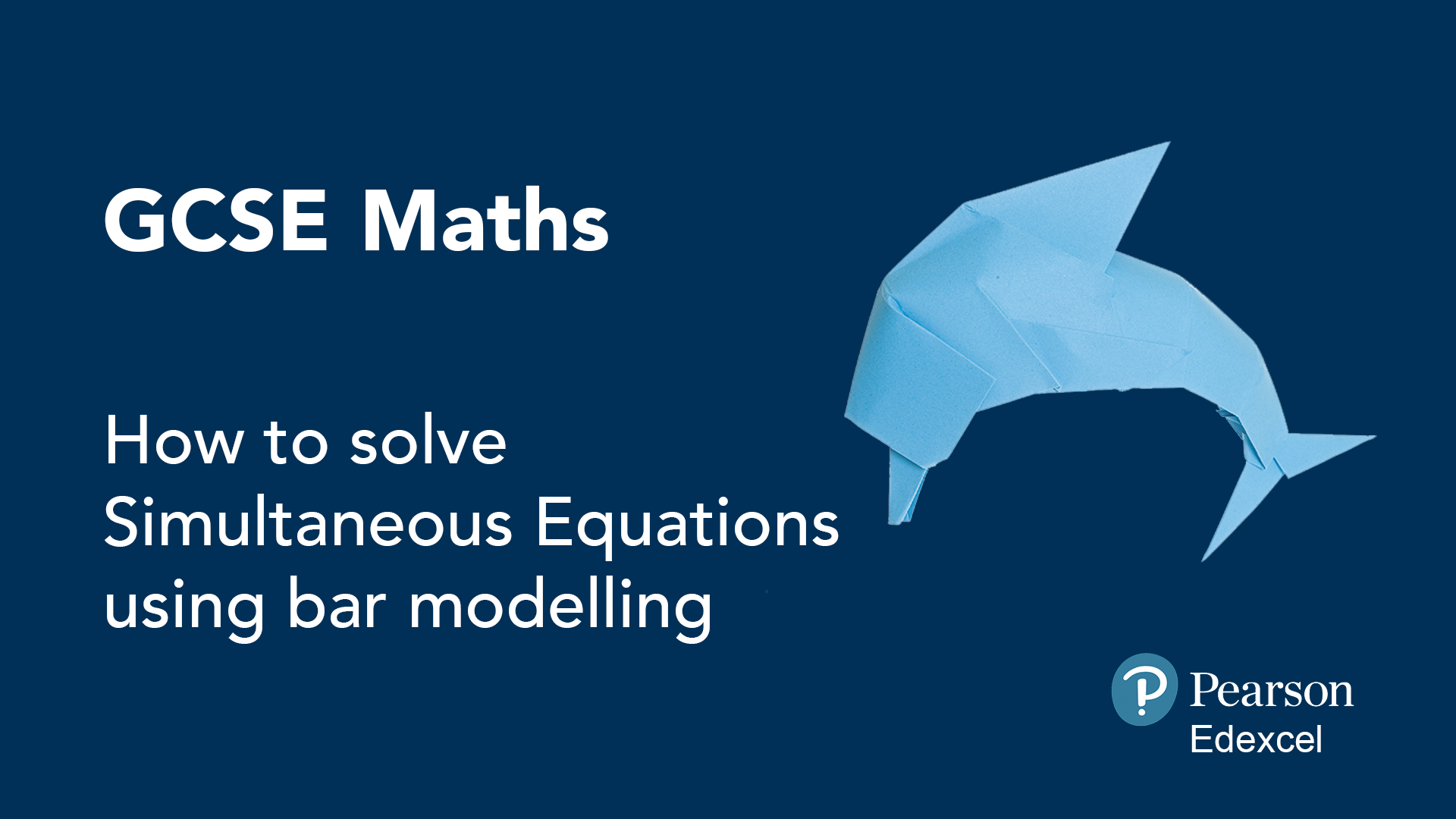
Bar modelling: This training video explains how to use bar modelling for simultaneous equations and what the potential problems are with this method.
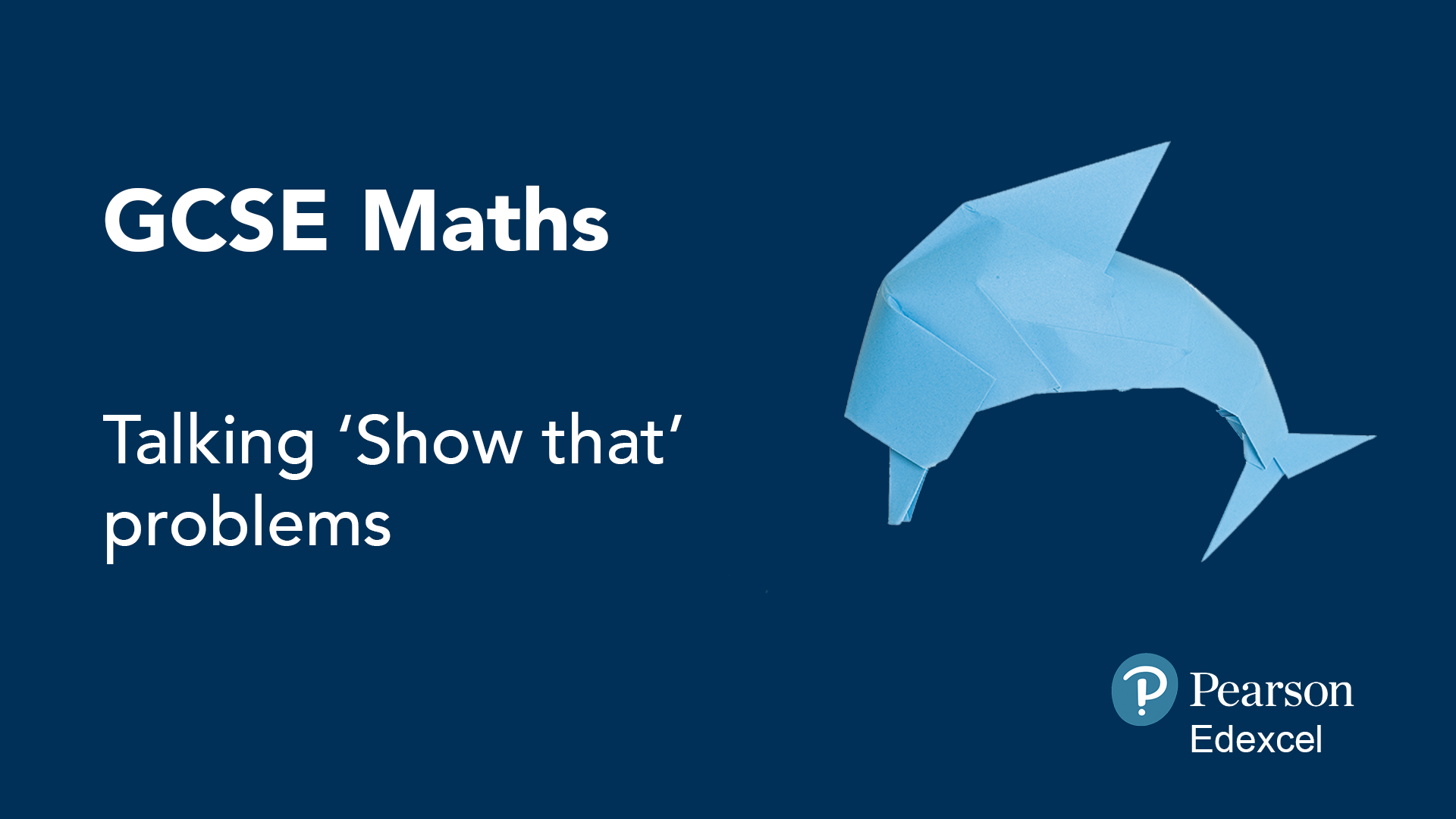
KS3 problem solving: This training video gives some practical hints and tips on how to approach ‘Show that…’ question with students.
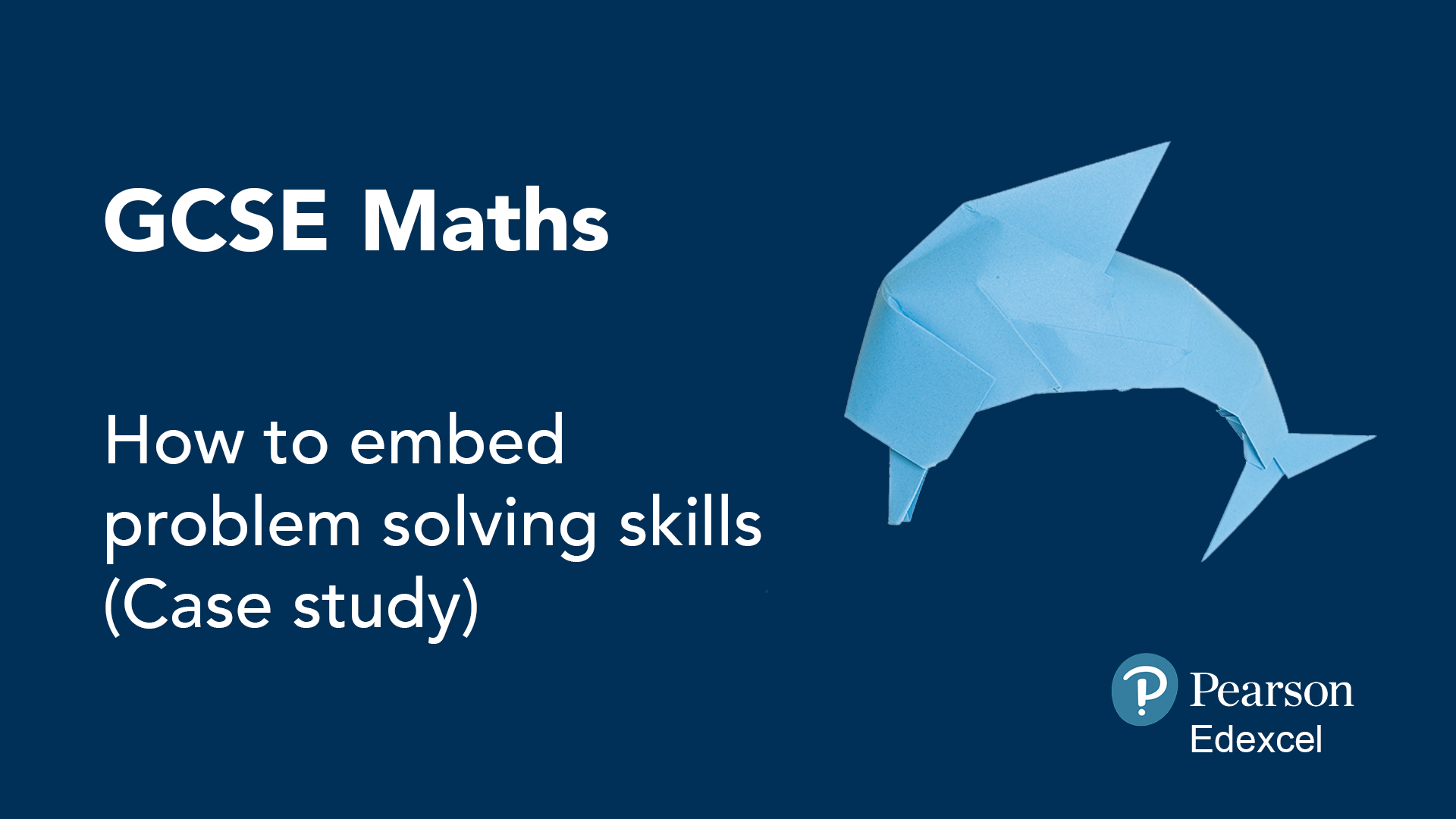
KS3 problem solving: A case study showing examples of how to use projects to help learners develop early problem-solving skills.
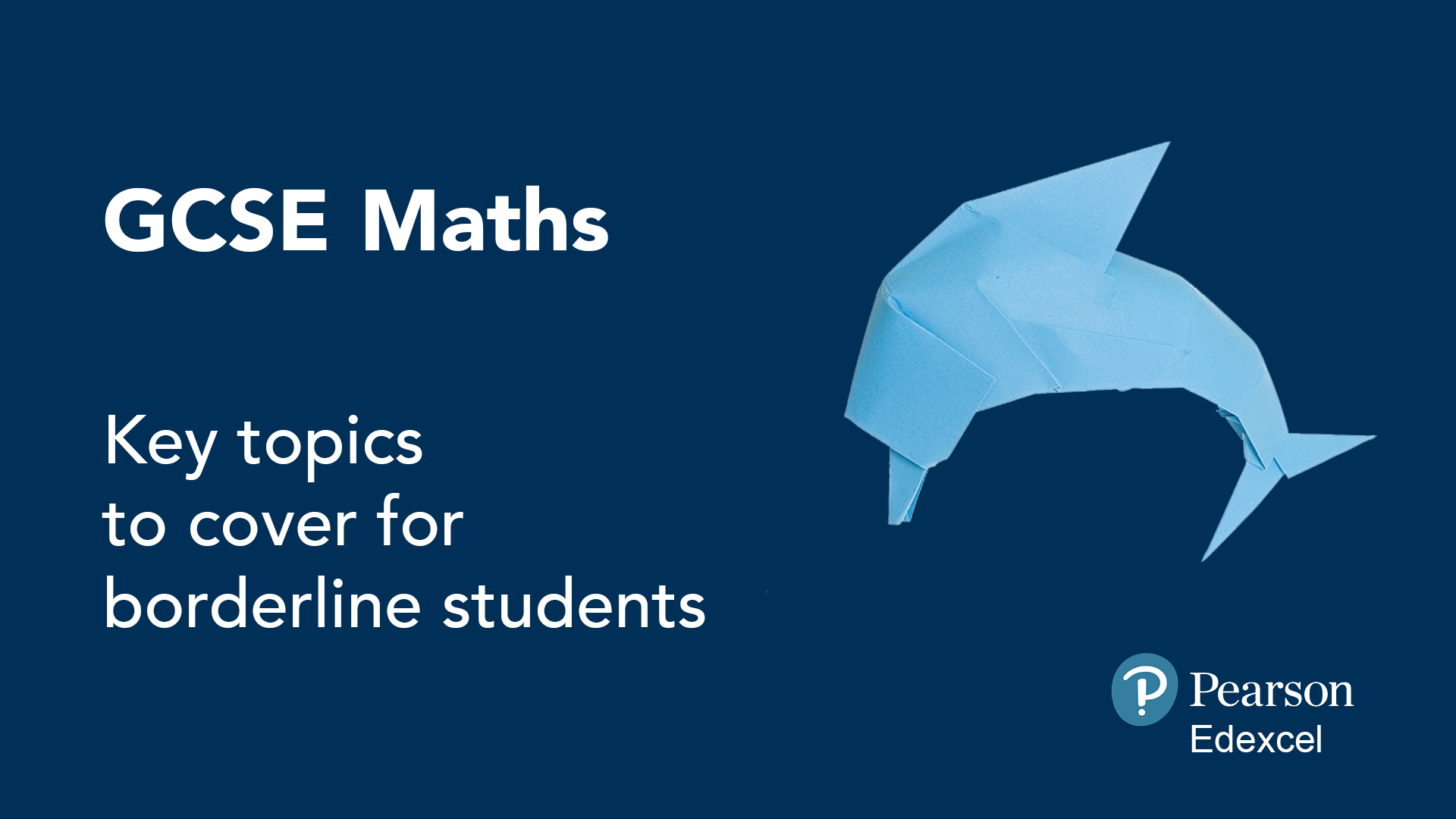
Tiering decisions: Learn how and when to introduce some key topics for students aiming for grade 5 and 6.
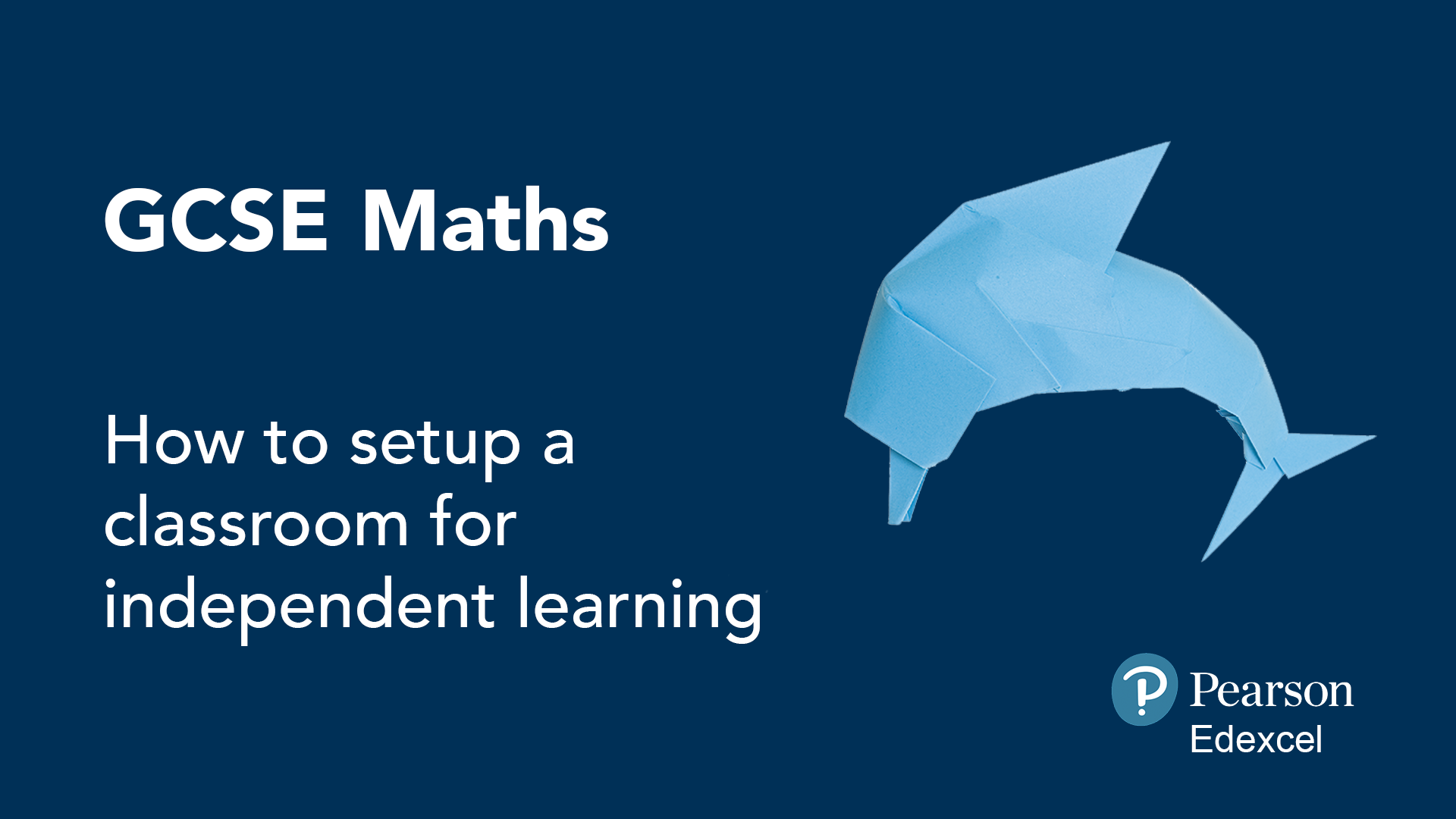
Motivating students: This video presents a description of how to use ‘learning zones’ in the classroom to promote independent learning and making the best use of your teaching time.
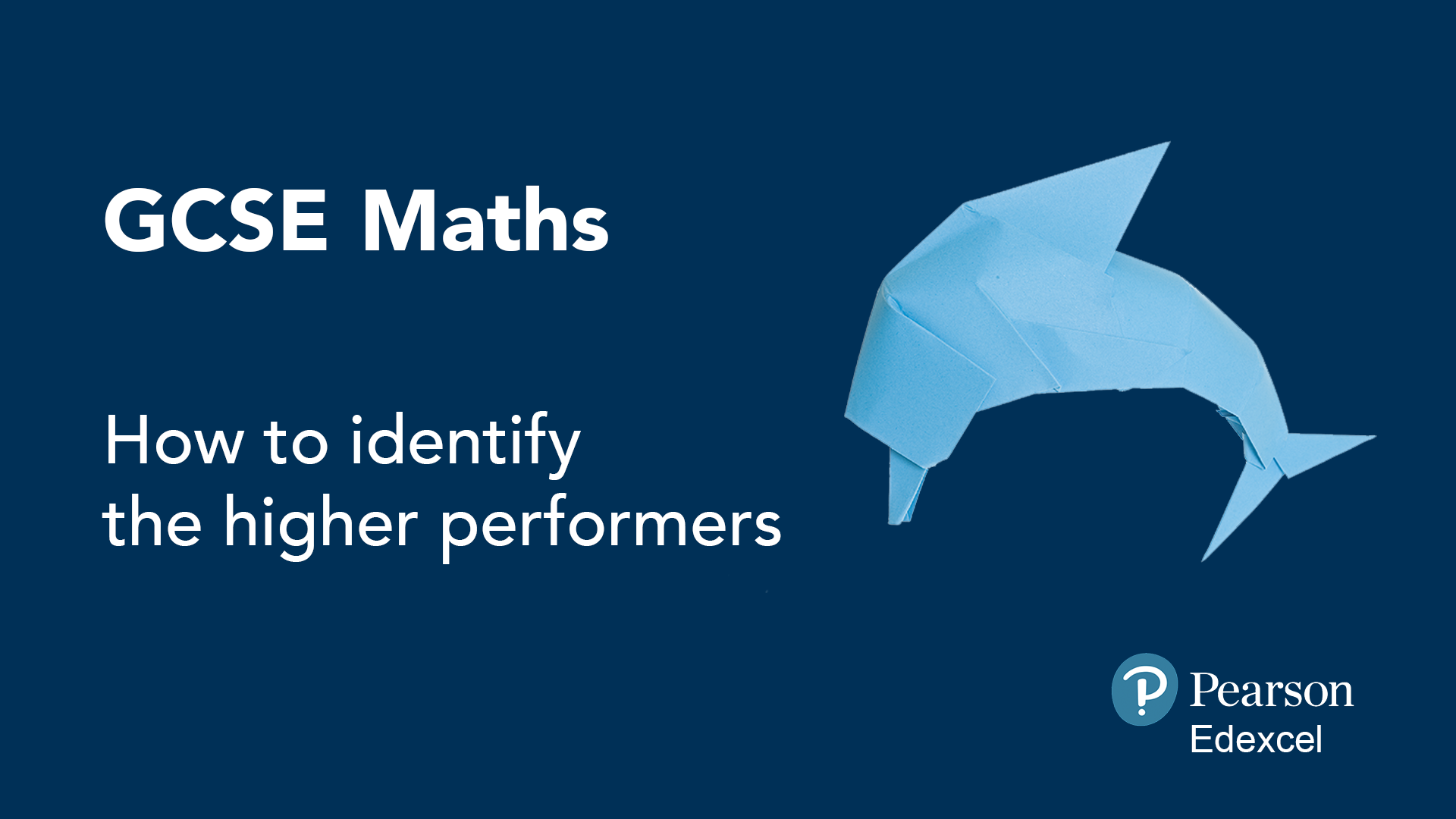
Stretch and challenge strategies: This video talks you through some of the characteristics of higher attaining students and gifted underachieving learners. You’ll get some tips on how to plan for these students and some practical suggestions to support them.
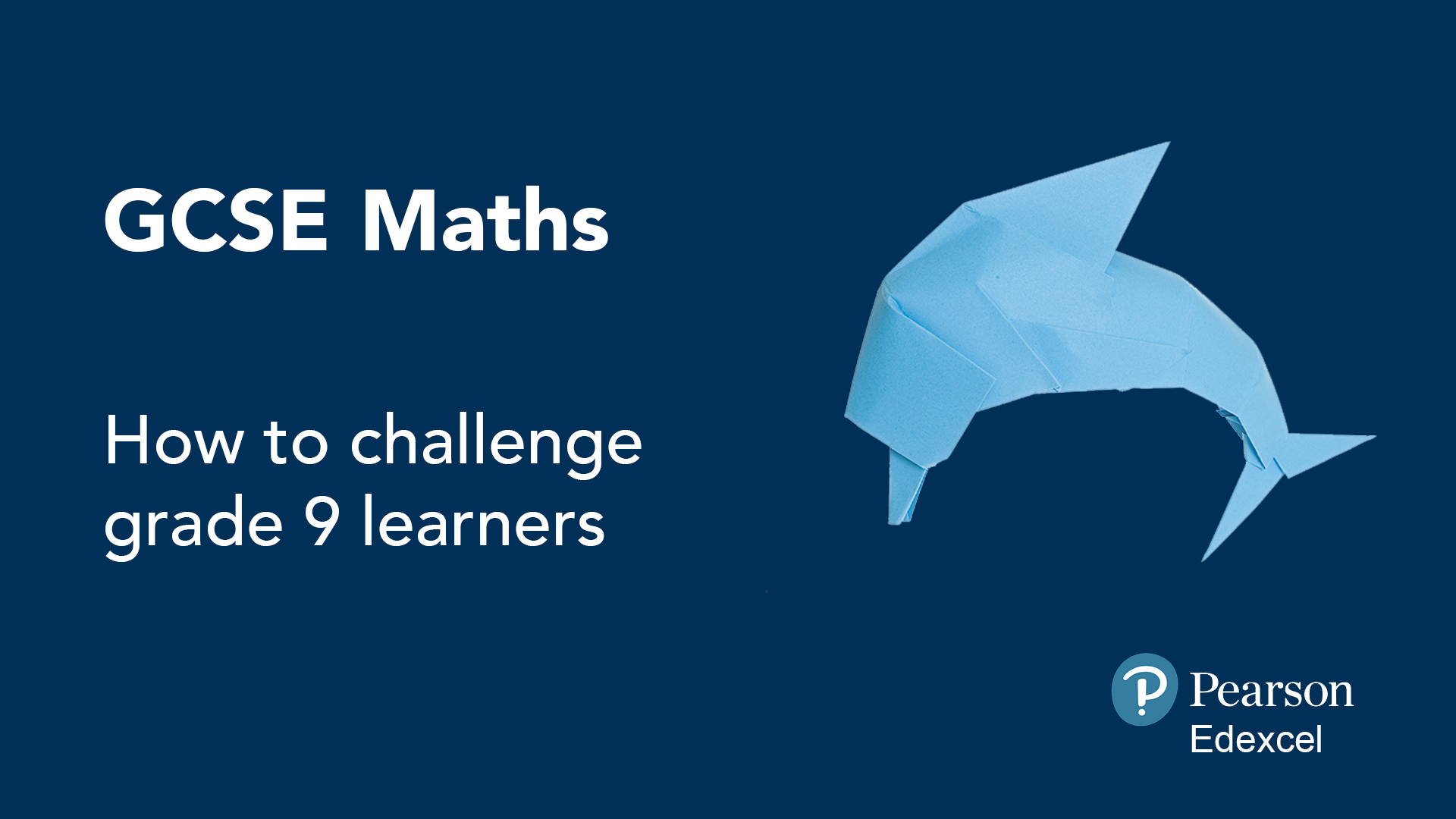
Stretch and challenge strategies: This video includes some examples of how to use investigation questions to challenge the grade 9 learners, and the ‘Jig-Saw Method’ to challenge grade 9 learners in group work.
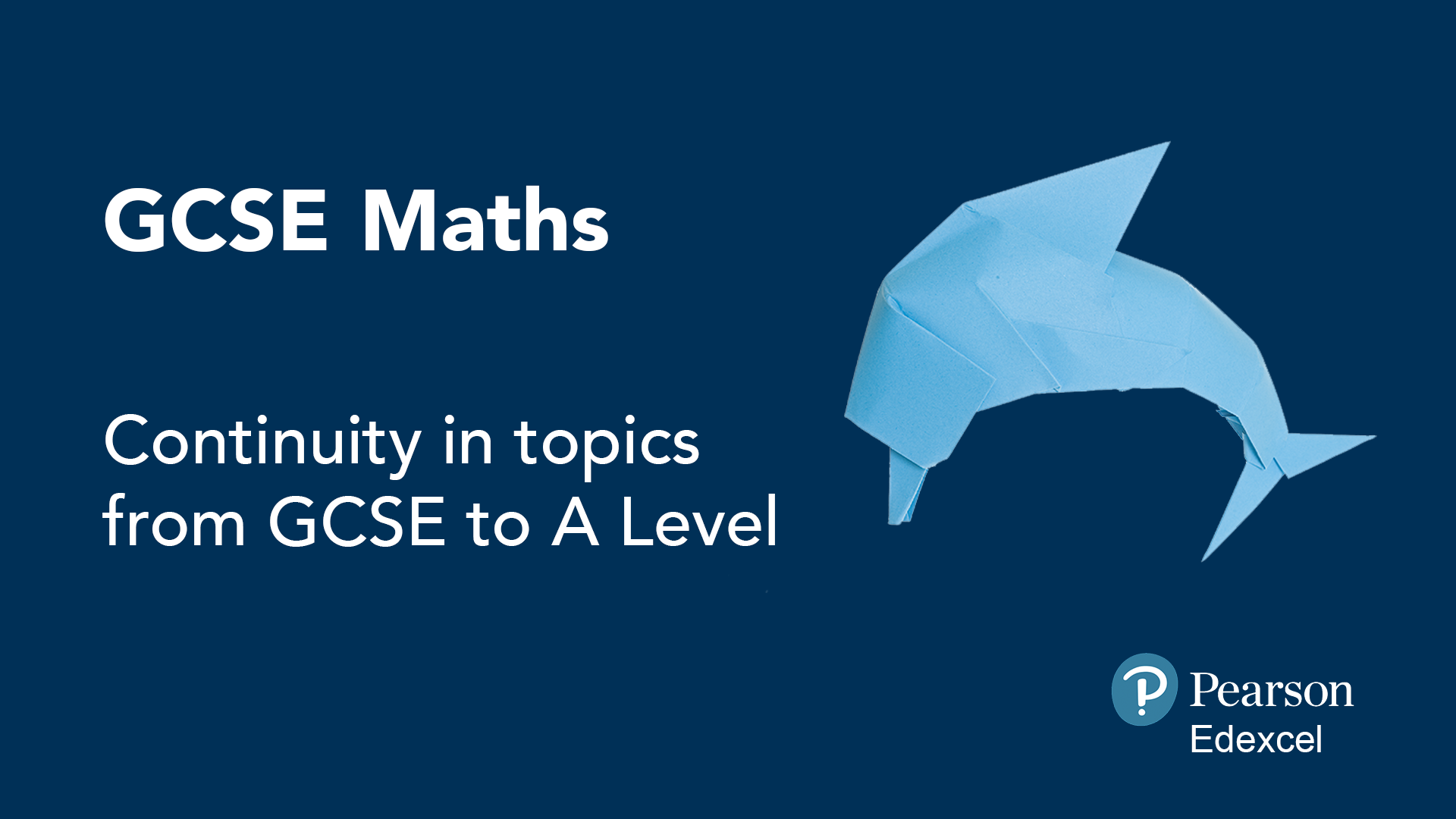
Transition to A level: A look at the GCSE topics that are also included in the A level specification. Some examples of assessment questions which assess those topics, as well as an overview of some of the new topics that will be introduced at A level.

Access to Scripts: How to gain access to students’ exam scripts using Access to Scripts and some tips on how to use it effectively in your teaching.
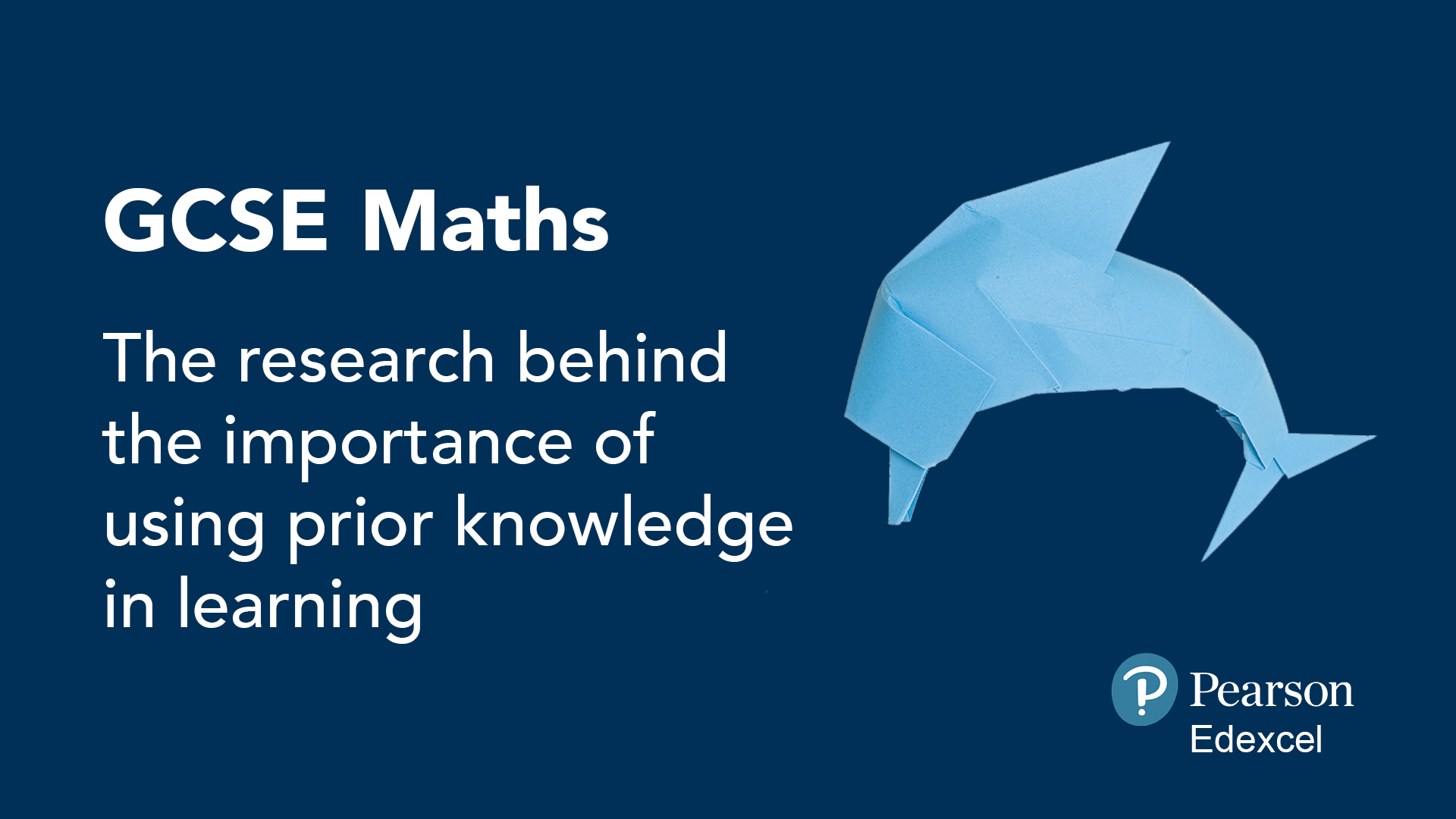
Prior knowledge: This video presents an overview of the research behind why prior knowledge is so important in learning, and how it can impact students’ future progress.